Living Fossils: Nature's Time Capsules
In a world where everything from smartphones to hairstyles evolves at lightning speed, it's oddly comforting to know that some things remain unchanged. Enter the realm of living fossils: those incredible creatures that have been around since your great-great-great-(insert about a million more 'greats' here)-grandparents were just a twinkle in the primordial soup. These ancient organisms are like nature saying, "If it ain't broke, don't fix it!" So, buckle up for a time-traveling journey to meet some of these enduring icons of the natural world.

Meet the Celebrities of the Paleozoic: Living Fossils
Horseshoe Crabs: The Ultimate Party Crashers
First, let's give a round of applause to the horseshoe crab (Limulidae). These guys have been gatecrashing Earth's ecosystem for about 450 million years. If you're wondering what that means, picture this: horseshoe crabs were here before dinosaurs even thought about existing. These resilient critters still rock their armor-plated shells and spiky tails, just like they did in the good old Paleozoic era. And they haven't just survived; they've thrived, playing crucial roles in coastal ecosystems and even contributing to medical science with their blue blood that's essential for detecting bacterial endotoxins. For more fascinating details, check out our blog post on the Atlantic Horseshoe Crab: Nature's Timeless Wonder.

Ginkgo Biloba: The Tree That Time Forgot
Imagine a tree so old that it saw the rise and fall of the dinosaurs, witnessed the birth of humanity, and still stands tall today. That's the ginkgo biloba (Ginkgo biloba), often dubbed a living fossil. This tree's unique, fan-shaped leaves and resilience to pollution make it a favorite in urban landscapes, but its history makes it unique. Ginkgo biloba trees originated about 270 million years ago. They are like the wise, ancient beings of the plant world, whispering secrets of the past with each rustling leaf.

Nautilus: The Submarine of the Sea
Next, let's dive into the ocean to meet the nautilus (Nautilidae). These marine mollusks have glided through the oceans for over 500 million years, sporting their iconic spiral shells. The nautilus is a master of buoyancy, using its shell's chambers to control its depth like a natural submarine. With their tentacle-clad mouths and eyes reminiscent of ancient cameras, nautiluses are both bizarre and fascinating, embodying a timeless elegance that modern cephalopods can only envy.

Coelacanth: The Fish Out of Time
Scientists have long believed that the coelacanth (Coelacanthiformes) had gone the way of the dinosaurs—extinct. That is, until a live one turned up off the coast of South Africa in 1938, much to everyone's surprise. This "living fossil" fish, with its lobed pectoral fins and prehistoric appearance, dates back about 400 million years. Coelacanths have become symbols of endurance and mystery, challenging our understanding of evolution and survival.

Wollemi Pine: The Dinosaur Tree
Australia, the land of weird and wonderful creatures, gives us the Wollemi pine (Wollemia nobilis). This tree species was only discovered in 1994 but dates back 200 million years, making it a relic from when dinosaurs roamed the Earth. Found in a remote canyon in the Blue Mountains, the Wollemi pine has dark, knobbly bark and distinctive fern-like leaves. Its survival is a botanical miracle, and efforts to conserve it involve growing these ancient trees in gardens worldwide, letting everyone own a piece of the Jurassic period.

Tuatara: The New Zealand Dragon
If you visit New Zealand, you might encounter the tuatara (Sphenodon). This reptile is often mistaken for a lizard but is part of a unique lineage dating back over 200 million years. With its spiky crest and a third eye (yes, really!) on the top of its head, the tuatara looks like it walked straight out of a fantasy novel. These nocturnal creatures are living links to the age of reptiles, representing a lineage that has outlived its dinosaur cousins by millions of years. They're also incredibly long-lived, often reaching over 100 years in age.

Why Do Living Fossils Matter?
Living fossils aren't just biological curiosities; they're vital for understanding the history of life on Earth. They provide clues about ancient ecosystems, evolutionary processes, and how certain traits have helped species survive through cataclysmic changes. These organisms are like nature's little black boxes, recording the story of survival through millions of years.
Environmental Indicators
Many living fossils are sensitive to environmental changes, making them valuable indicators of ecosystem health. For instance, the presence and health of horseshoe crabs can signal the overall well-being of coastal ecosystems. Similarly, the survival of ancient plants like the ginkgo biloba in urban environments suggests their resilience and adaptability. Their survival provides insights into how we might develop more sustainable urban green spaces.
Genetic Treasures
The genetic makeup of living fossils holds answers to numerous biological mysteries. By studying their DNA, scientists can uncover how specific genes have been conserved over millions of years, offering clues to genetic stability and mutations. For example, the coelacanth's genome has revealed information about the transition of life from water to land, bridging gaps in our understanding of vertebrate evolution.

How to Spot a Living Fossil in Your Backyard
Believe it or not, you don't always have to venture to exotic locales to find living fossils. Some, like the ginkgo biloba, might be in your local park. Here's a handy guide to spotting these ancient wonders:
- Look for Unique Features: Living fossils often have distinctive characteristics. Ginkgo biloba leaves are unmistakable with their fan shape.
- Check the History: Research local flora and fauna. You might be surprised to find ancient species like ferns or cycads that have existed since the dinosaurs.
- Visit Botanical Gardens: Many botanical gardens have sections dedicated to ancient plants. It's like a natural history museum, but alive!
- Dive into History: Coastal areas are great for finding horseshoe crabs, especially during their breeding seasons when they come ashore.
- Join Conservation Efforts: Participate in conservation projects. Not only will you help preserve these incredible species, but you'll also learn more about their fascinating histories.

Conclusion: Embracing the Timeless
Living fossils remind us that some things remain steadfast amidst the whirlwind of change. They are the stalwart guardians of Earth's ancient secrets, bridging the gap between the past and the present. By appreciating and protecting these incredible organisms, we honor the resilience and adaptability that life on Earth embodies.
So, next time you stroll in the park or dive into the ocean, watch for these living relics. They are not just surviving; they are thriving time capsules, each with a story that spans millions of years. If we're willing to listen, maybe they'll share a bit of their ancient wisdom with us.

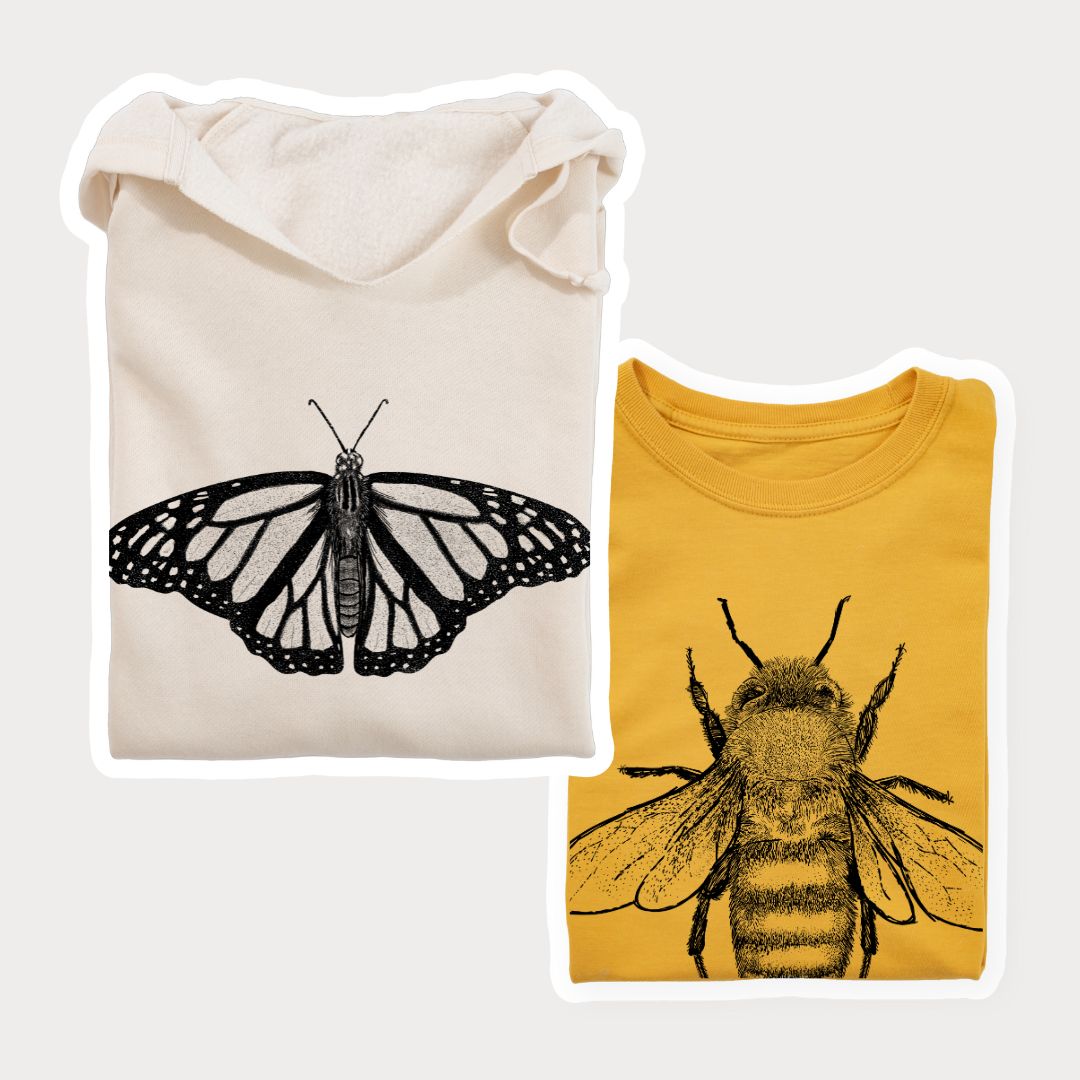


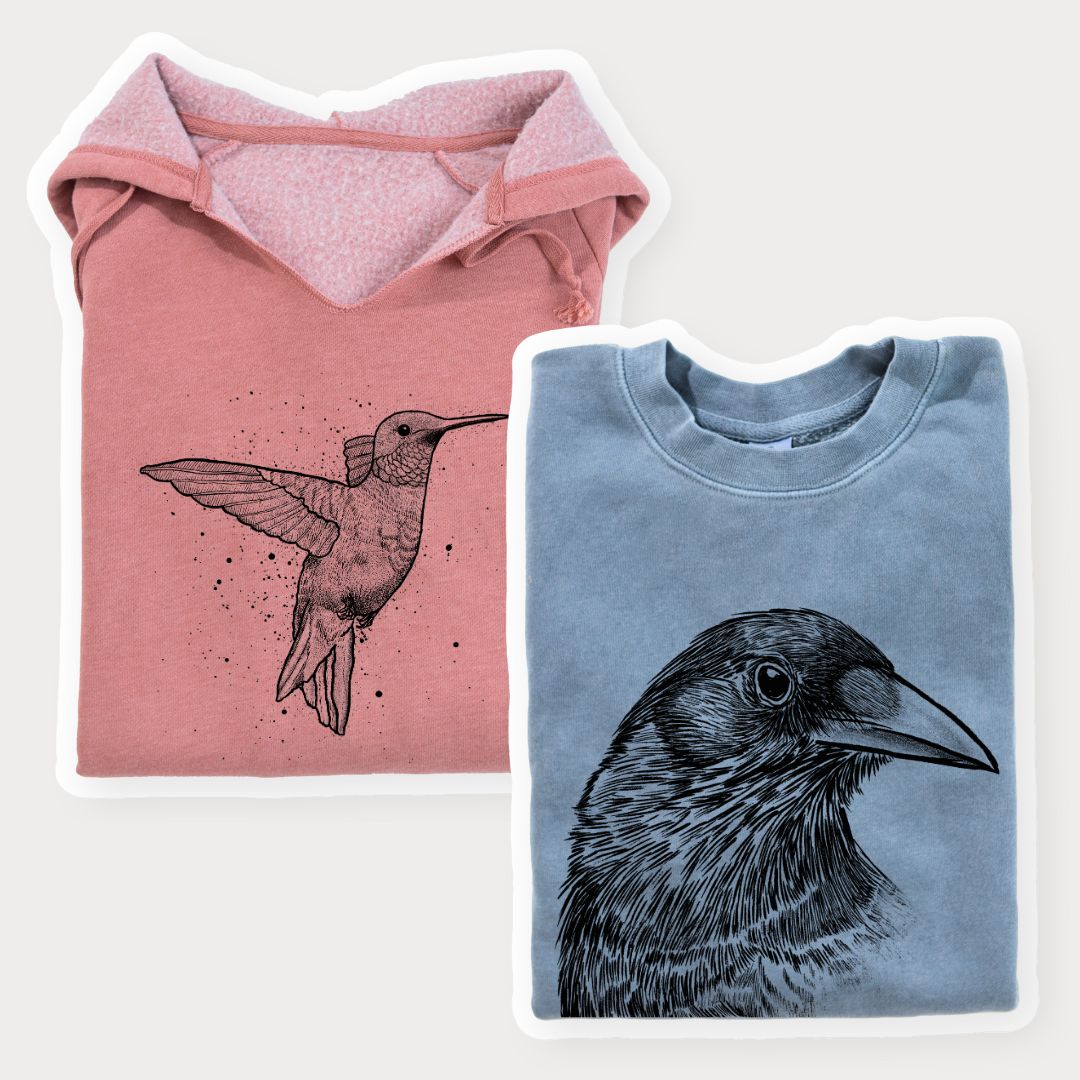
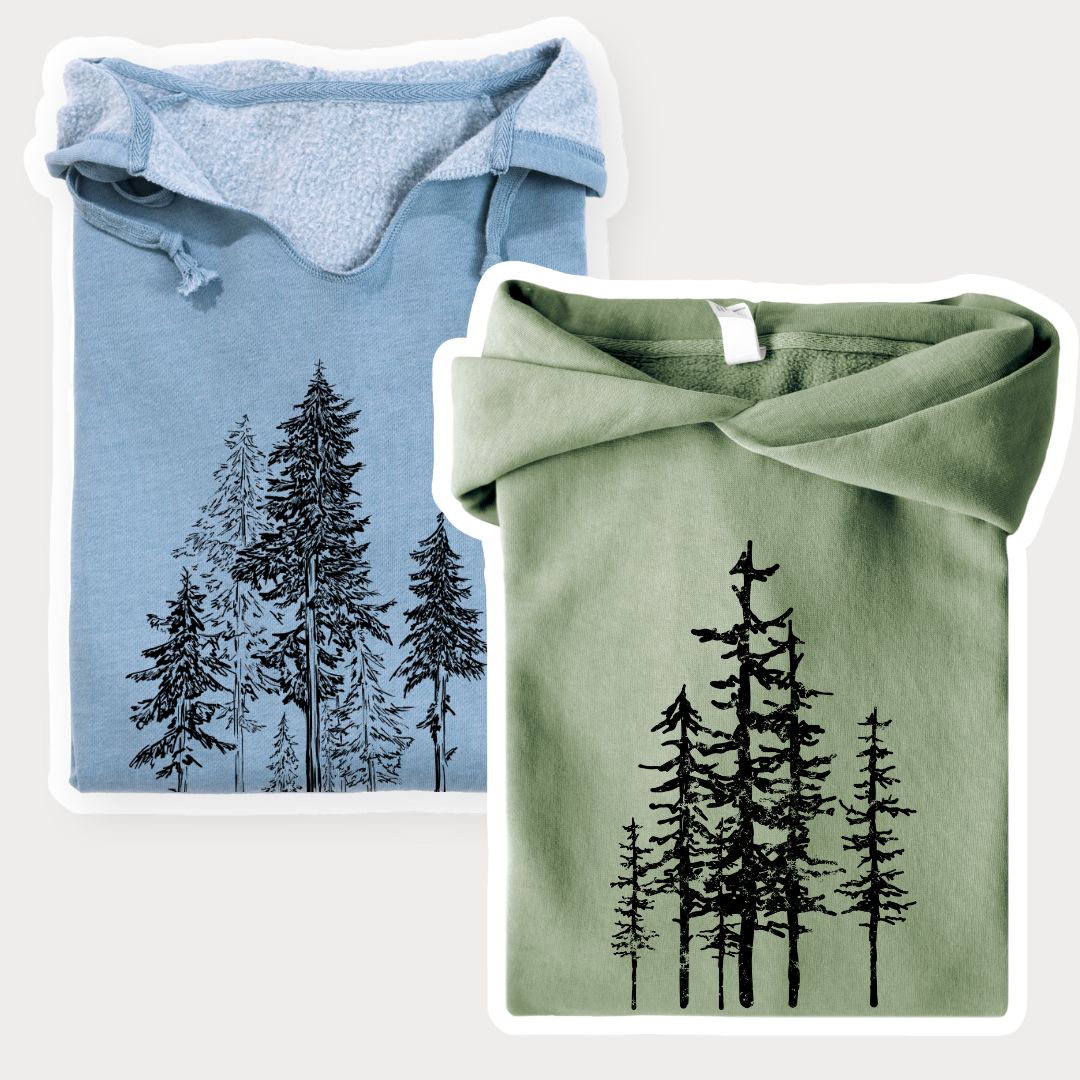



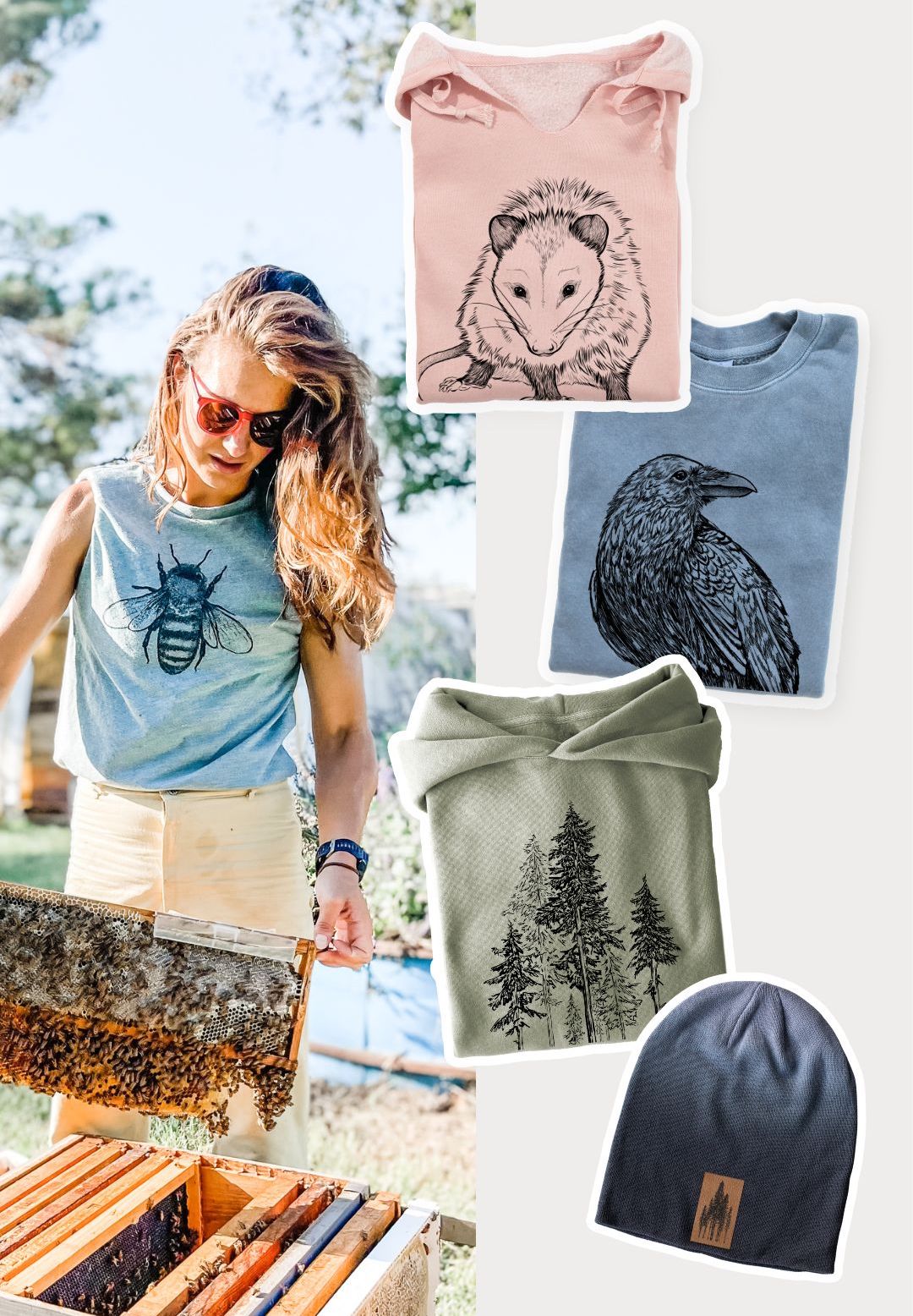

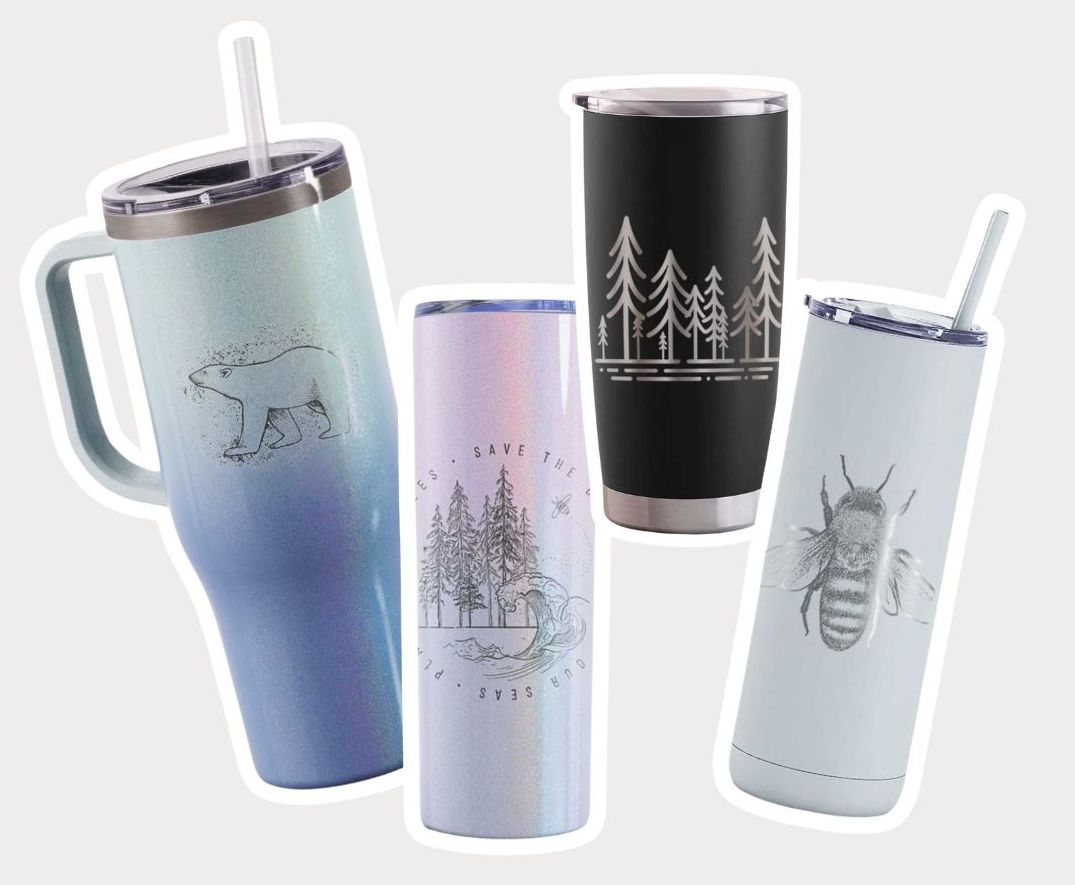

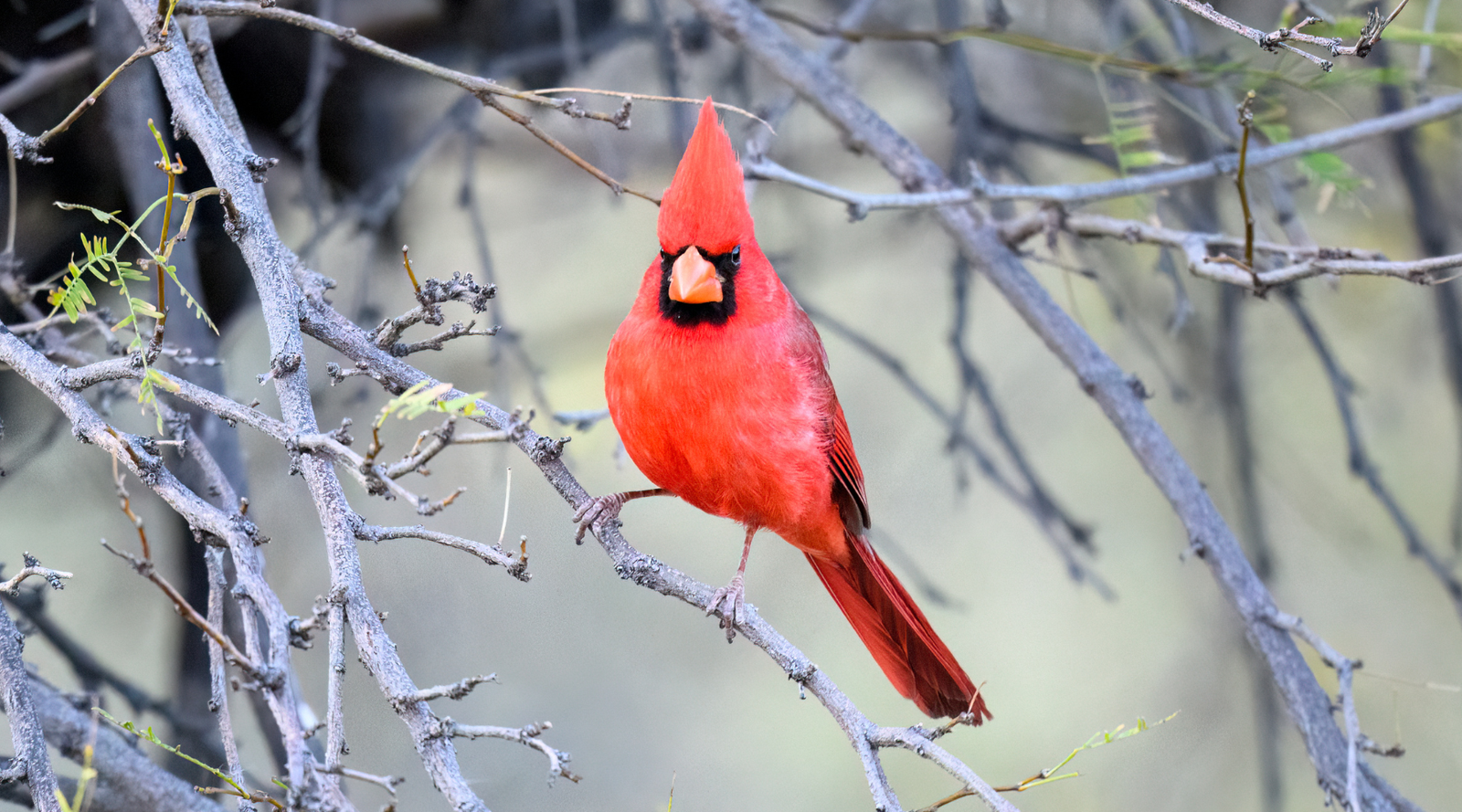

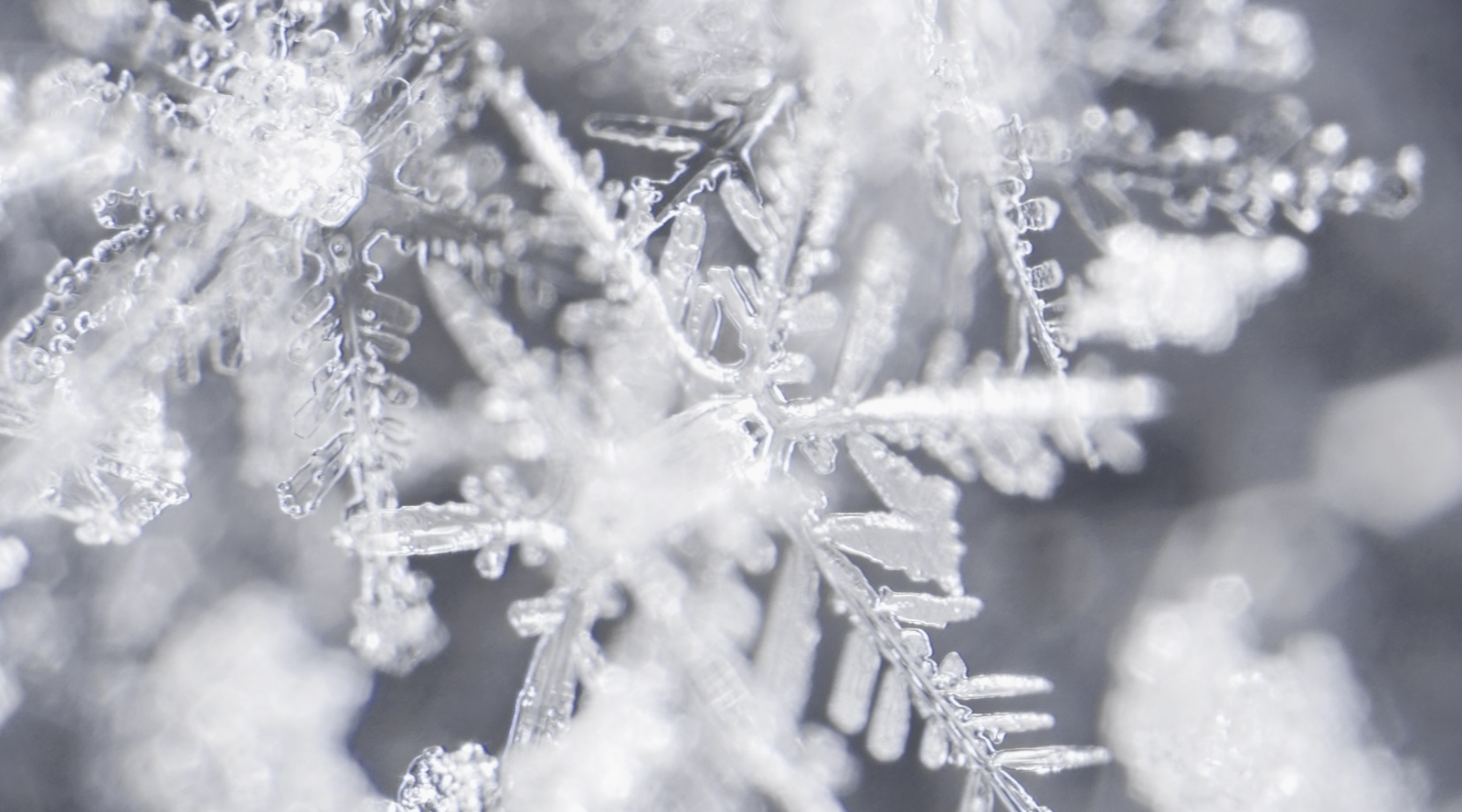
Leave a comment (all fields required)